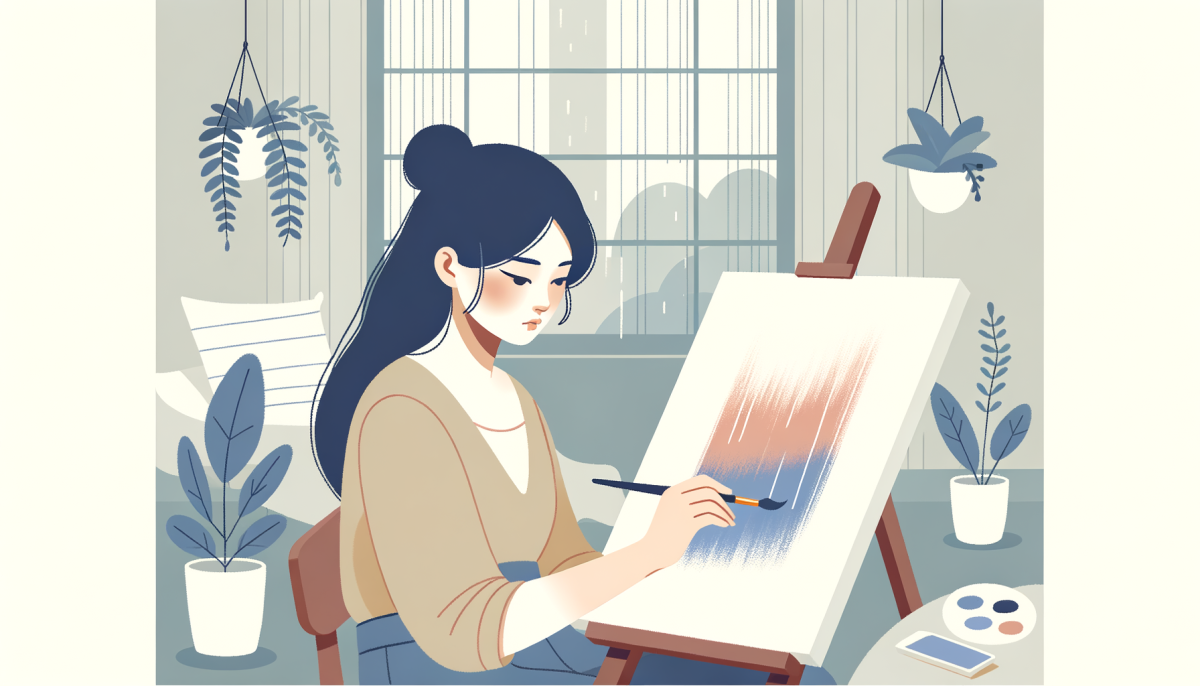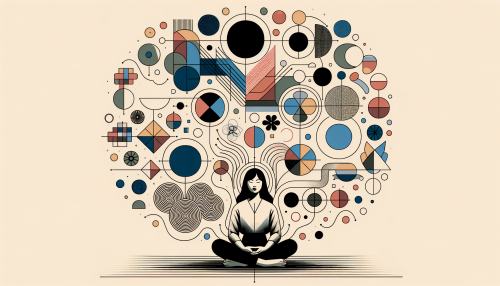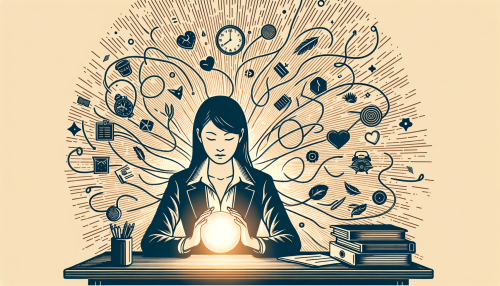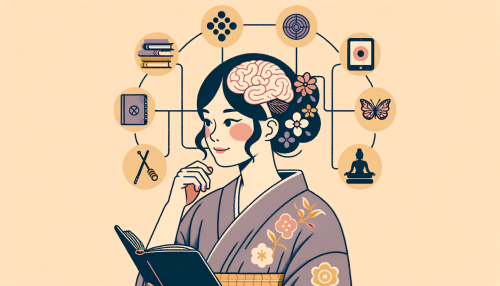Introduction
Art therapy, a fusion of creativity and psychology, serves as a conduit for emotional healing. It is a therapeutic practice that harnesses the power of artistic expression to facilitate mental and emotional growth. This article delves into the essence of art therapy, its role in the emotional healing process, and the myriad benefits it offers.
Art Therapy Basics
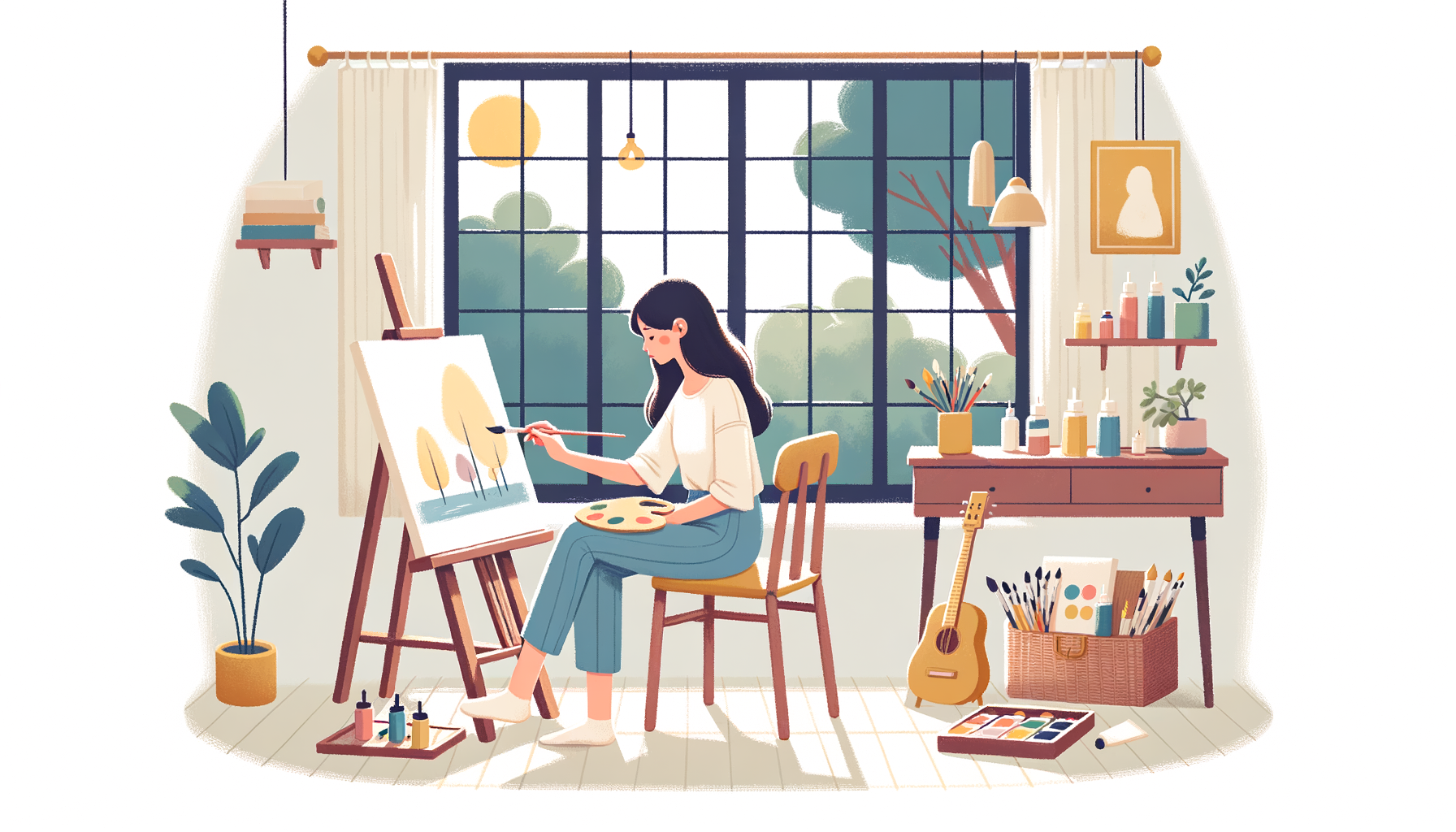
Art therapy is a form of psychotherapy that employs art as a medium of communication. It is a therapeutic discipline that encourages individuals to express and understand emotions through artistic expression and creative process. The fundamental premise of art therapy is that creative expression can foster healing and mental well-being.
Art therapy is not about creating the most aesthetically pleasing or technically proficient artwork. Instead, it focuses on the process of creation itself and the exploration of one’s inner world. The art therapist’s role is to guide and facilitate this process, providing a safe and supportive environment for the individual to explore their emotions, confront their fears, and work towards personal growth and understanding.
Art therapy can be used with individuals of all ages and can be tailored to suit a wide range of therapeutic goals. It can be used in various settings, including hospitals, schools, mental health clinics, and private practice. The versatility of art therapy makes it a valuable tool in the therapeutic arsenal.
Emotional Healing Process
Art therapy plays a pivotal role in the emotional healing process. It provides a non-verbal medium through which individuals can express their feelings and emotions. This is particularly beneficial for those who find it difficult to articulate their emotions verbally.
Art therapy can help individuals explore their emotions in a safe and controlled environment. It can help them gain insight into their emotional state, identify patterns in their feelings, and develop coping strategies. By expressing their emotions through art, individuals can gain a sense of control over their feelings, which can be empowering and therapeutic.
Art therapy can also help individuals process traumatic experiences. Trauma can often leave individuals feeling overwhelmed and disconnected from their emotions. Art therapy can provide a way for individuals to express and process these difficult emotions, helping them to make sense of their experiences and move towards healing.
Art Therapy Benefits
Art therapy offers a plethora of benefits. It can help individuals develop self-awareness, improve self-esteem, reduce stress, and enhance cognitive function. It can also foster emotional resilience, helping individuals to navigate life’s challenges with greater ease.
Art therapy can also promote personal growth and self-discovery. Through the process of creating art, individuals can explore their inner world, gain insight into their feelings and thoughts, and develop a deeper understanding of themselves. This can lead to increased self-awareness and personal growth.
Furthermore, art therapy can foster a sense of accomplishment. Creating a piece of art can provide a sense of achievement, which can boost self-esteem and confidence. This can be particularly beneficial for individuals who struggle with self-worth or self-esteem issues.
Conclusion
In conclusion, art therapy is a powerful tool for emotional healing. It provides a unique medium through which individuals can explore and express their emotions, facilitating personal growth and emotional resilience. Whether used alone or in conjunction with other therapeutic approaches, art therapy can play a pivotal role in promoting mental and emotional well-being.

